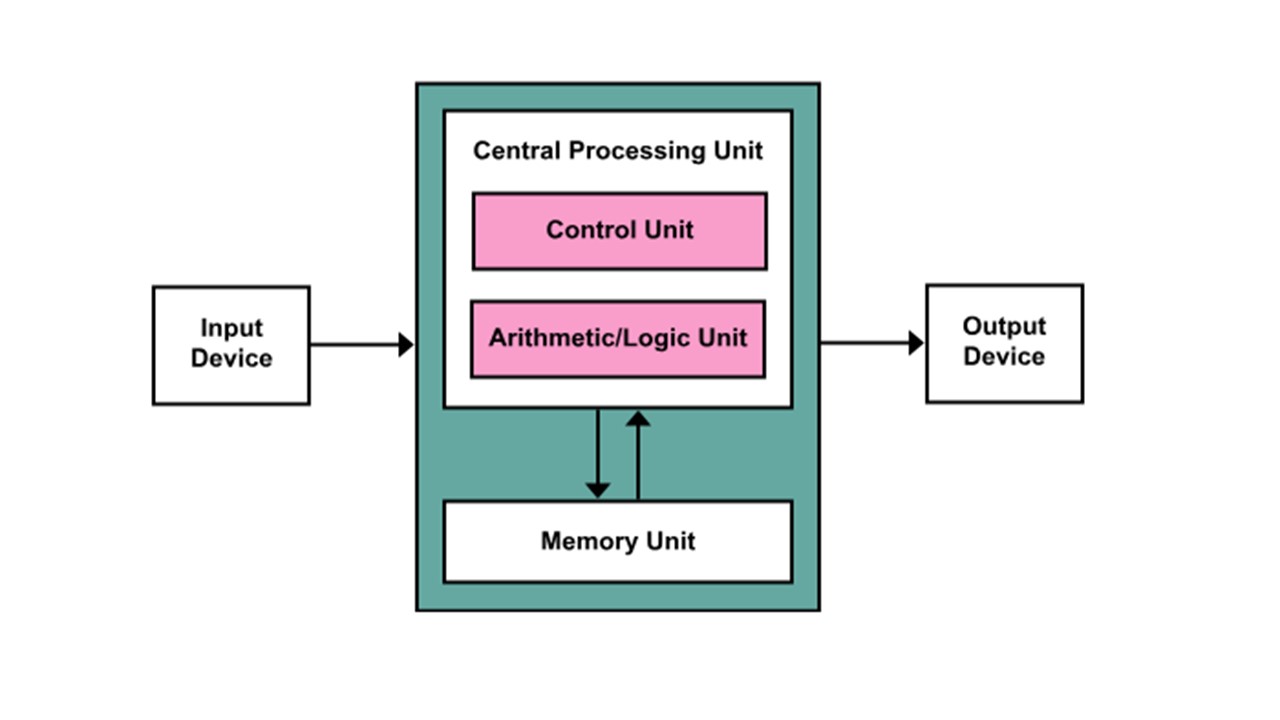The CPU of a computer processes input data by using one or multiple threads and displays the results on the output devices.
Whether it is in a desktop computer or a laptop computer, mobile phones or workstations, it is the job of the CPU to process input.
There are several reasons behind it and if you are not aware of them, you can enhance your knowledge by reading this article.
In This Article
KEY TAKEAWAYS
- It is the responsibility of the CPU to process data input and at the same time validate that the data is free from errors and is useful.
- The input data needs to be sorted sequentially in order to run correctly and also needs to be converted into another language so that the computer understands it.
- Summarization, data analysis and reporting are important parts of information to be computed which are handled by the CPU exclusively.
- The data is also needed to be aggregated and classified in order to produce the desired output which once again is done by the CPU.
The 9 Reasons Why CPU Need to Process the Input

1. Responsibility
Since the Central Processing Unit is called the brain of the computer, it is vested with the job of processing the data input.
Period. It is responsible for executing a program which is a large sequence of stored instructions.
These programs usually take inputs from the input devices which are processed by the CPU.
2. Validation
While using the input devices the users can make some errors but the computer will not be able to work on erroneous data input.
It is the CPU once again that validates the data and ensures that the data input is clean, useful and free from any errors by processing them in the first place.
3. Sorting
A program typically consists of a large set of instructions and all these are required to run correctly and sequentially.
Even if the input data is haphazard the CPU processes them to arrange in a perfect order in some sort of a sequence.
It may arrange it in a single set or different sets depending on the job in hand and its requirements.
4. Conversion
The data fed into the computer by the input devices needs to be converted into another form or a language that can be understood by the computer easily.
This is another reason why the CPU needs to process the input data.
5. Summarization
Sometimes users input data in detail, which, more often than not, is not necessary for the CPU to understand.
Therefore, it processes them and reduces the entire set of instructions into its main points.
6. Analysis
The input data is processed by the CPU in order to help in data analysis as well which is a science and needs a collection of diverse data, organizing them all before interpreting, analyzing and presenting the final data output.
7. Reporting
The CPU processes the input data, a lot of it together, in order to prepare a detailed or summarized list as per the requirement when reporting is required for the computed information.
8. Aggregation
Sometimes, several pieces of data may be required to be combined for a particular operation.
This data aggregation is very important to produce the desired results and it is the CPU once again that takes up the responsibility to process all the different input data and aggregate them as necessary.
9. Classification
Finally, processing the input data by the CPU facilities in separating or classifying the data into many different categories as required.
Conclusion
So, in the end it can be said that it is the purpose of the Central Processing Unit to process the input data for the users to benefit from such operations.
Since the computer cannot perform on its own without any data input, all the purposes of the users are typically served by the CPU by processing them.